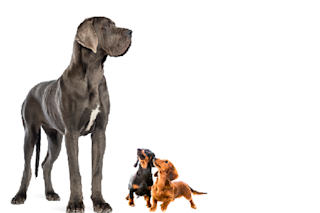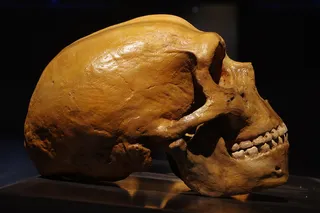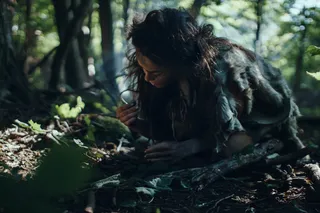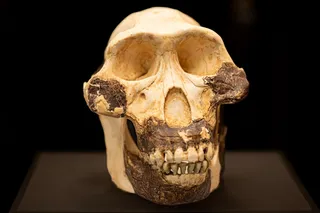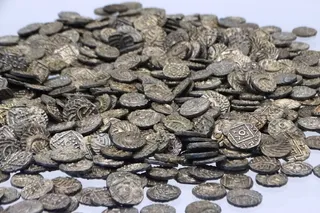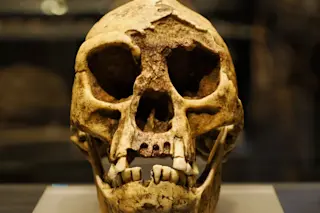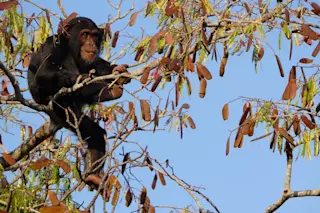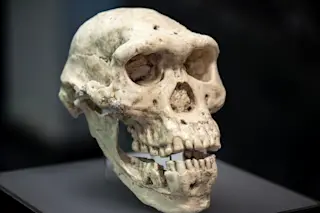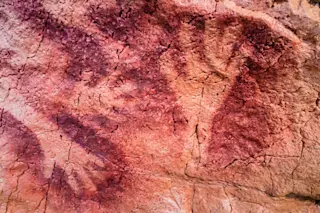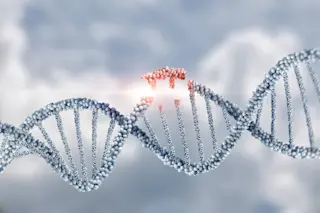When it comes to species, says biological anthropologist Rebecca Ackermann, “forget everything you learned in high school.”
The classic textbook definition, known as the biological species concept, is a group of organisms that only produce fertile offspring with one another. By this rule, domesticated dogs are a single species — whether dachshund or Great Dane — but a donkey and a horse are not.
Ackermann, a professor at South Africa’s University of Cape Town, favors a different definition that’s not dependent on successful sex: a group of organisms sharing a mix of anatomical, behavioral and genetic traits that distinguishes them from other groups. But, she adds, “Many, many evolutionary biologists I know often avoid the word species entirely.”
Rebecca Ackermann of the University of Cape Town. K. Warren, Courtesy of Rebecca Ackermann
Rebecca Ackermann
That’s because the evolutionary tree is tangled, and many organisms on diverging branches can still interbreed. ...


